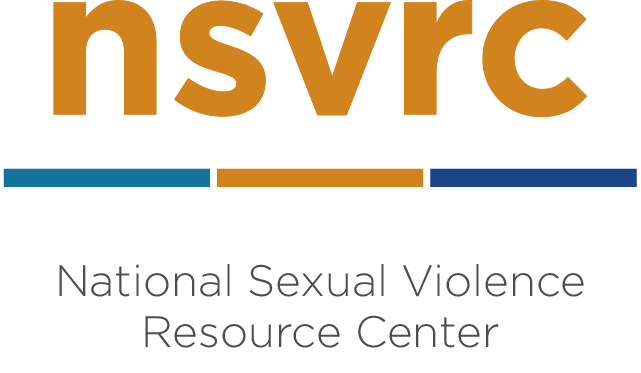
It is easy to get caught up in the idea of using measures that have been validated through research studies (e.g., the Illinois Rape Myth Acceptance Scale) as your tools of choice. While there are definite benefits to this (see below), there are also significant drawbacks. As with all things in evaluation, using existing measures should be done very deliberately and should not be considered the default option when planning your evaluation.
 Want more guidance on selecting, adapting, and evaluating prevention approaches? Check out this guide from the Division of Violence Prevention. This guide supports good decision making that balances delivering prevention approaches as intended with considering unique community contexts.
Want more guidance on selecting, adapting, and evaluating prevention approaches? Check out this guide from the Division of Violence Prevention. This guide supports good decision making that balances delivering prevention approaches as intended with considering unique community contexts.
Measures Database (PDF, 3 pages) This database maintained by the Wisconsin Coalition Against Sexual Assault (WCASA) includes resources where you can find free measures, scales, or surveys specific to sexual assault prevention work. Some measures/scales are general examples and others are “standardized measures”. Many examples are provided; there are pros and cons to each measure and WCASA does not endorse any specific options. Please contact NSVRC at prevention@nsvrc.org for assistance in identifying appropriate measures.
Evidence-Based Measures of Bystander Action to Prevent Sexual Abuse and Intimate Partner Abuse Resources for Practitioners (PDF, 31 pages) This document is a compendium of measures of bystander attitudes and behaviors developed by the Prevention Innovations Research Center. Some of the versions of the measures have been researched more thoroughly in terms of psychometric properties than others. Please see the citations provided for articles that describe the versions of our measures that have been published. See also, Evidence-Based Measures of Bystander Action to Prevent Sexual Abuse and Intimate Partner Violence: Resources for Practitioners
(Short Measures) (PDF, 22 pages) which provides administrators of prevention programs with shortened, practice-friendly versions of common outcome measures related to sexual abuse and intimate partner violence. These measures have been analyzed to develop a pool of scales that are concise, valid, and reliable.

Listen to NSVRC’s Resource on the Go Podcast, How to Measure a Sense of Community (Audio, 17 minutes) where, NSVRC’s Evaluation Coordinator, Sally J. Laskey, talks with researchers Iris Cardenas, a PhD Candidate in the School of Social Work at Rutgers University, and Dr. Jordan Steiner about the Brief Sense of Community Scale and their study that examined the cultural relevance of the Brief Sense of Community Scale with non‐Hispanic, Black, and Hispanic college students.
References
Spence, J. T., Helmreich, R., & Stapp, J. (1973). A short version of the Attitudes toward Women Scale (AWS). Bulletin of the Psychonomic Society, 2, 219-220. doi:10.3758/BF03329252
| Back | Index | Next |
